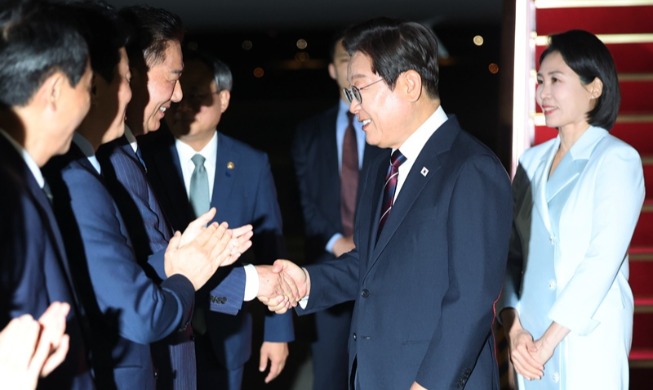2019 marks the centennial anniversary of the start of the March First Independence Movement and the formation of the Korean Provisional Government. A slew of exhibitions and performances were held throughout the year to commemorate those who yearned and fought for independence a century ago.
Many artists commemorated this anniversary and said they hoped for another century (and more) of independence, including brick photographer Lee Je-hyung, who marked the historic occasion with Lego bricks.
Among Lee's 18 photographs to mark the anniversary, Korea.net chose the following to display the history of the independence movement.
"We are all independence activists of the 21st century," he said.
"Our means have changed but we are still fighting for independence. Whereas independence activists sacrificed everything they had for the country a hundred years ago, the independence movement of the 21st century begins by facing history."
By Song Baleun and Lee Jihae
Photos = Lee Je-hyung
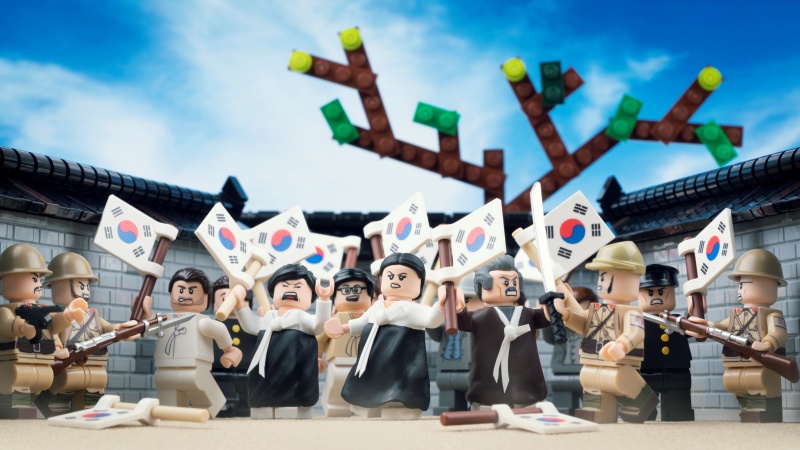
March First Independence Movement and martyr Yu Gwan-sun
On March 1, 1919, non-violent protests against Japanese military rule of the Korean Peninsula broke out. People of all ages and backgrounds waved the Taegeukgi (the national flag) while gathering at public parks and spaces and shouting, "Manse (Hurrah), Korean independence!" Beginning in Seoul and spreading nationwide, the movement continued for more than two months despite military oppression from the Japanese colonial government. About two million people, or roughly 10% of the population, took part in the protests and around 7,500 were killed, including high school students such as the martyr Yu Gwan-sun. The protests were covered by foreign media such as The New York Times and China's Minguo Ribao, which informed the world about Japan's harsh rule of the peninsula. The movement also influenced the same year China's May 4 Movement, which was led by students at Peking University to penalize pro-Japanese officials.
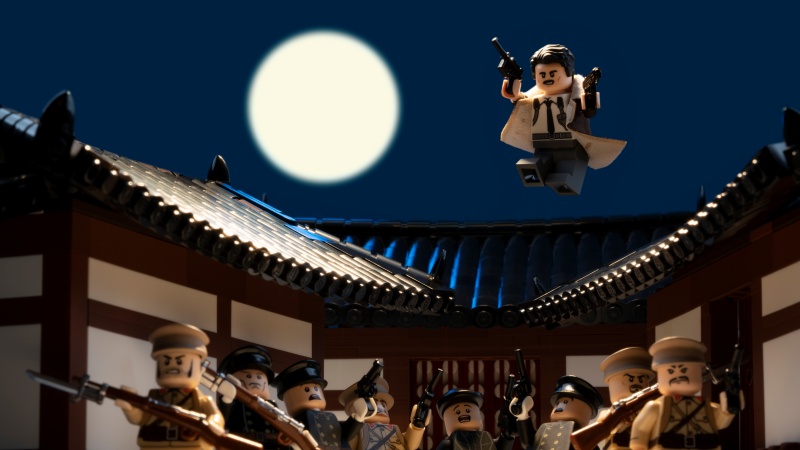
Martyr Kim Sang-ok fights 1,000 Japanese military and police officers alone
Martyr Kim Sang-ok was a member of Euiyeoldan (Heroic Corps), an armed pro-independence group opposed to Japan. He is known to have faced about 1,000 Japanese military and police officers in Seoul's Jongno-gu District on Jan. 12, 1923. He threw on Jan. 12 a bomb at the Jongno-gu police headquarters, which was notorious for oppression of Koreans by Japanese officials. Kim jumped over rooftops and had a three-hour gunfight with Japanese officers. With his last bullet, he died by suicide. His actions are considered to have inspired other armed resistance against Japan.
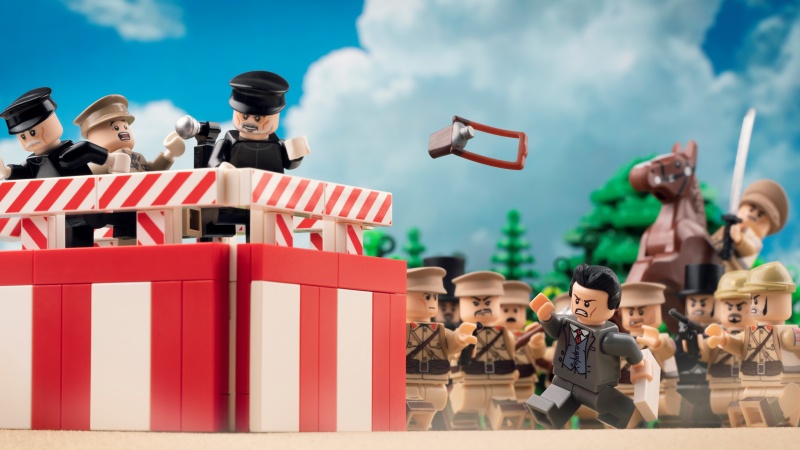
Patriotic actions of martyr Yun Bong-gil in 1932
On April 29, 1932, ranking Japanese officials gathered at Shanghai's Hongkou Park to celebrate Japan's annexation of the Chinese city. As soon as the Japanese national anthem started playing, Yun Bong-gil threw a bomb disguised as a water bottle toward the platform. His deed earned the support of many Chinese who were bitterly resentful of Japan, and led the Chinese politician Chiang Kai-shek to actively support the Korean Provisional Government.
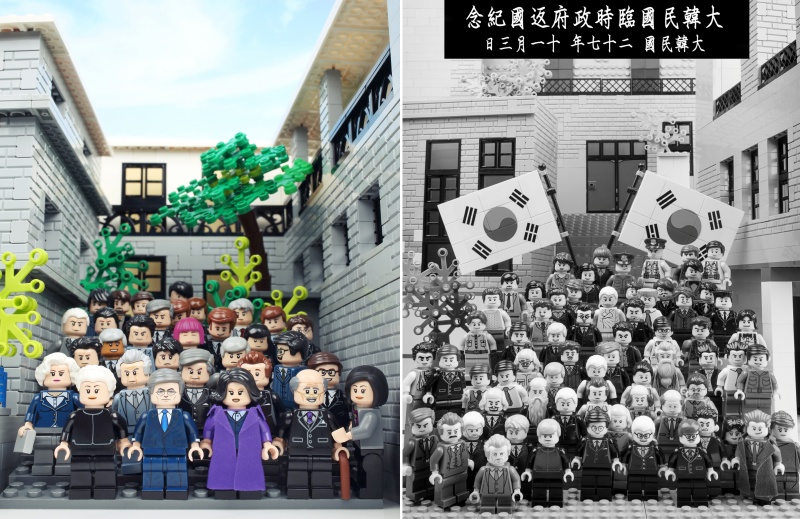
Korean Provisional Gov't office building in 1945 and 2017
Key members of the Korean Provisional Government took a photo in front of the government's office building in Chongqing, China, before returning to Korea. On Dec. 16, 2017, President Moon Jae-in visited the building with several descendants of Korean pro-independence activists and took a photo with them at the same spot. "The Korean Provisional Government was the root of the Republic of Korea and its legal tradition," he said.
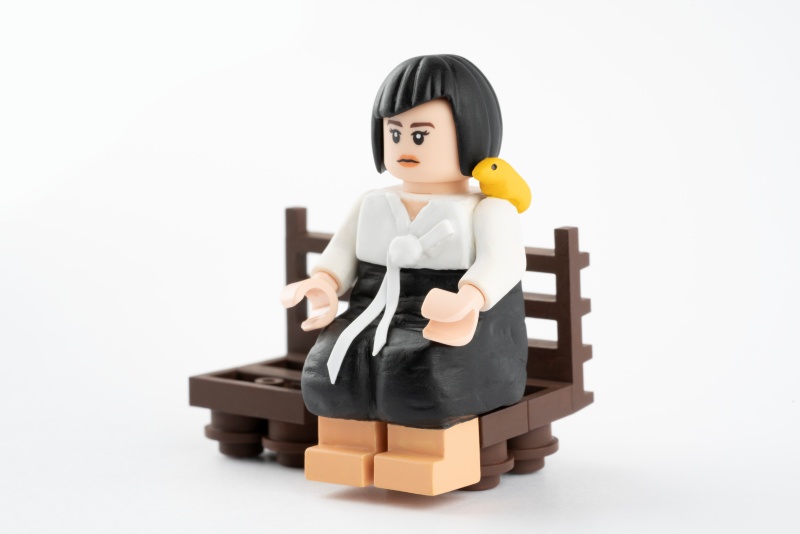
Statue of Peace
The chair where the "Statue of Peace" is sitting symbolizes women unable to overcome what they suffered during World War II as well as the many victims who died. The statue represents "comfort women," or those forced into sexual slavery by the Japanese military during World War II. Located in front of the Japanese Embassy in Seoul, the statue attracts protests every Wednesday that have continued for more than 30 years to demand reparations and an apology from the Japanese government.
Most popular
- Military discharge sets stage for reunion of all 7 BTS members
- 'We are back!' BTS Festa heralds hyped return of K-pop phenom
- Presidents Lee, Trump discuss tariff deal in first phone talks
- President Lee leaves for G7 Summit in Canada on first int'l trip
- 'Maybe Happy Ending' wins 6 Tonys including Best Musical
